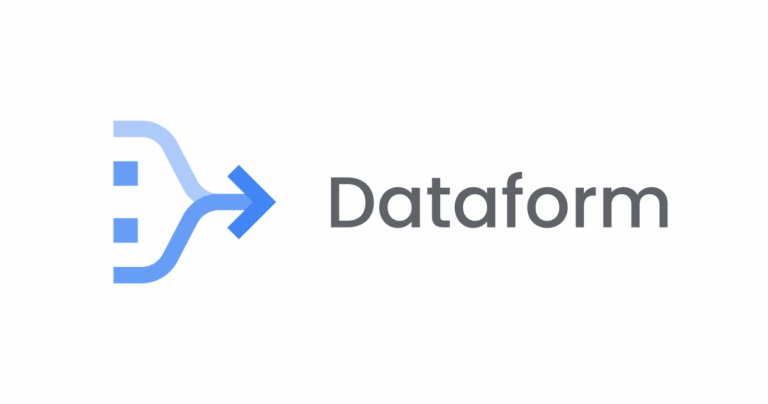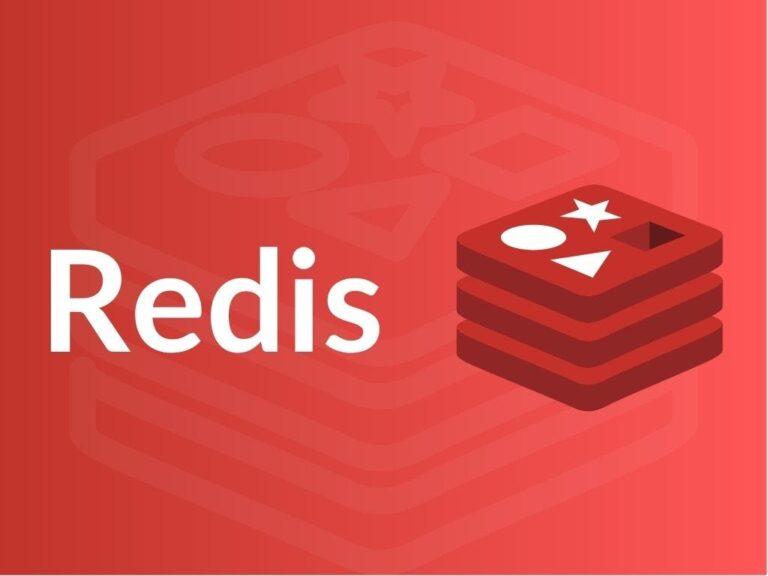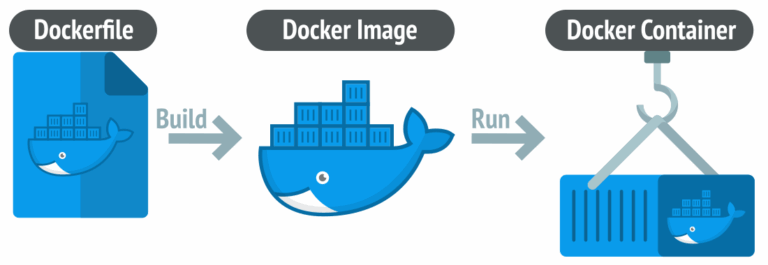Introduction to tmux – What It is and Why you need it
What is tmux?
tmuxis a terminal multiplexer that allows you to manage multiple terminal sessions from a single window. It allows you to run multiple programs in separate windows, split your terminal into multiple panes, and detach and reattach sessions at will.
Why use tmux in your development workflow?
Whether you are a developer, sysadmin, or just someone who spends a lot of time in the terminal, tmux can dramatically improve your productivity and workflow.
In simpler terms, tmux enables you to:
- Create and manage multiple terminal sessions: You can have several independent sessions running at once, each with its own windows and panes.
- Split your terminal into panes: You can divide your terminal window into multiple sections, which lets you work on several tasks simultaneously.
- Detach and reattach to sessions: tmux lets you “detach” from your session, leaving processes running in the background, and reattach to them later, even from a different terminal or device.
Here are some reasons why tmux is a must-have tool:
- Multi-tasking and Parallel Workflows
You can run multiple terminal windows or panes, each running different processes. This is ideal when you need to run long-running tasks like compilers, servers, or scripts, while still having access to other terminal processes. - Remote Sessions
tmux is particularly useful for working over SSH or in remote environments. You can start a tmux session on a remote server, detach from it, and then reconnect to it later, preserving your work across multiple sessions. - Persistence
With tmux, you can leave a session running in the background, disconnect from the terminal, and come back later, resuming exactly where you left off. This means that even if your SSH connection drops, your processes will continue running. - Session Management
You can create and switch between different tmux sessions easily, giving you the ability to organize your work into separate “environments.” You can switch between coding, monitoring logs, running tests, and much more, all within a single terminal window. - Customization
tmux is highly customizable. You can tailor your setup with custom key bindings, color schemes, and plugins to fit your workflow and style.
Getting started with tmux
Starting a tmux session
To begin using tmux, open a terminal window and type:
tmuxThis will start a new tmux session and open the default window. If you want to give your session a specific name, use:
tmux new-session -s <set-your-session-name>Detaching from tmux
To detach from the tmux session and leave everything running in the background, press:
Ctrl + b, then dThis will return you to the regular terminal while keeping your tmux session alive
Reattaching to a tmux session
To reattach to and existing tmux session, simply run:
tmux attach-session -t <your-session-name>Or, if you not sure what is the name of the session that you want to reattach, you can list all active sessions with:
tmux list-sessionsClosing tmux session
To close a tmux session, simply use:
exitThis command also a Linux command and will close the current windows, and once all windows in the session are closed, tmux will automatically terminate the session.
Key commands summary
| Command | Description |
tmux | Start a new tmux session |
tmux new-session -s <session-name> | Start a new session with a specific name |
Ctrl+b+d | Detach from tmux session |
tmux attach-session -t <session-name> | Reattach to an existing session |
tmux list-session | List all active tmux session |
exit | Close the current tmux windows/session |
Conclusion
In this post, we introduced tmux and explored its key features: session management, window splitting, and detaching/reattaching. tmux is a powerful tool that can significantly improve your workflow by allowing you to manage multiple terminal tasks more efficiently.
In the next blog, we will look at setting up tmux on different systems and show you how to customize tmux to better fit your needs.
Stay tuned!
Ref links:





